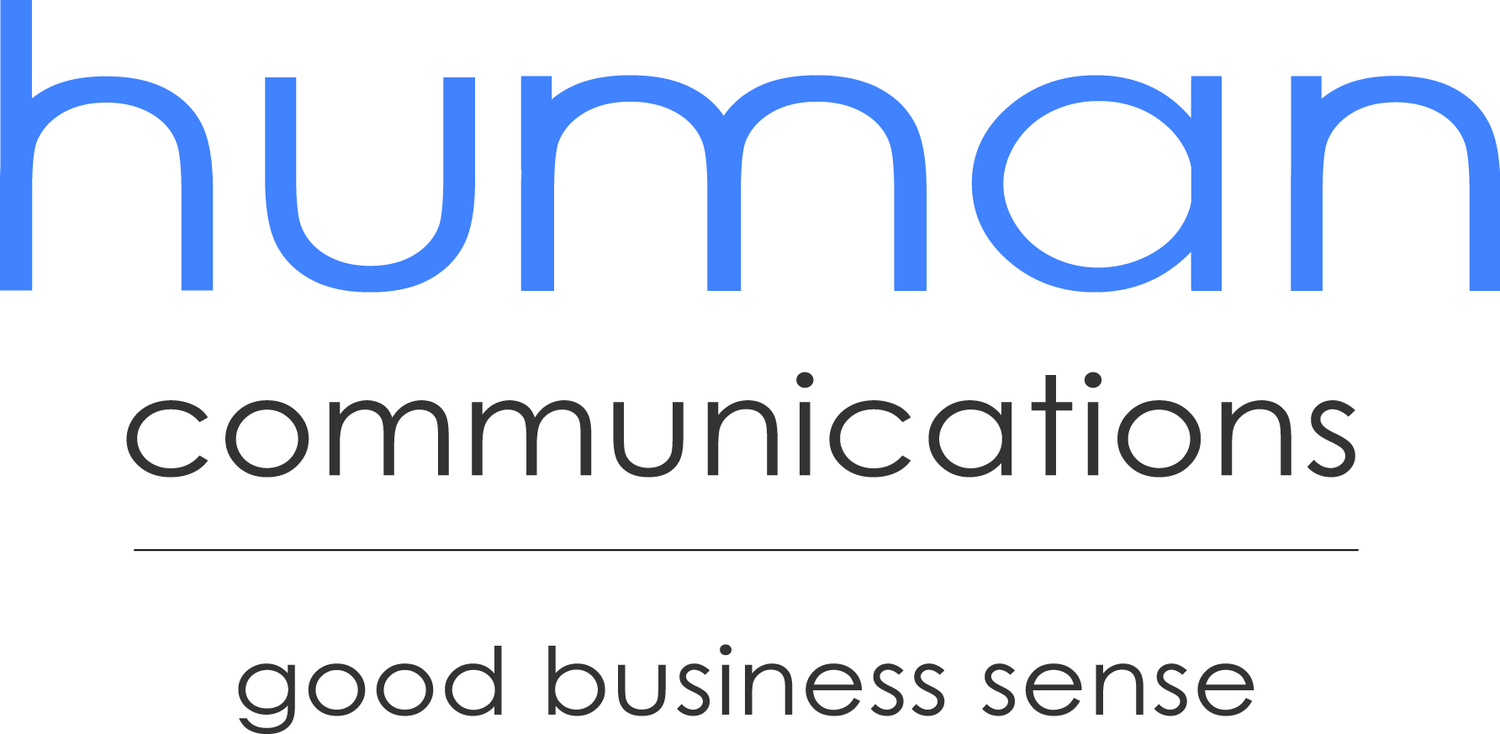The rise of the infographic
As your readers are bombarded by an ever-increasing amount of information, it can be hard to capture their attention. And if you’re responsible for your company’s communications or marketing, that can be a problem.
But although the volume of content is on the rise, there are also more and more tools available that companies can use to reach their audiences. And one that is firmly on the rise is the infographic.
Infographics, according to Wikipedia, “illustrate information that would be unwieldy in text form.” If a business wants to share facts and figures, for example, it may find that rather than writing out detailed explanations of those facts and figures, it works better to represent the data visually.
One good example is this infographic from Return Path, which demonstrates how even traditional pie charts and graphs can be made more accessible - here with stick figures showing the percentage of people checking email on their phones. It provides immediate information for the reader and makes that information more memorable in the process.
Infographics offer several benefits for businesses trying to cut through the number of messages that readers face:
- Clarity - your readers will understand your key messages straightaway, helping you to communicate more effectively
- Engagement - because information is delivered in a visually accessible and often eye-catching way, you're more likely to engage casual readers and visitors to your site
- A new perspective – this popular infographic from the BBC website uses scale to demonstrate the size of the solar system in a way that would be difficult to do with words alone
- Sharing – clearly presented and informative infographics are ideal for sharing via social media, helping to spread your message virally and raise your company’s profile
If you haven’t used them before, have a look at how other companies are using infographics to see if it's a format you could adopt too. This site provides some good examples.
You can also make use of some of the features of infographics in your other content. If you're writing an article that includes statistics, for example, you could include a graphic to help break up the text and catch readers' attention.
So, does the infographic's rise spell the end for more traditional written content? We don't think so. Instead, businesses should see it as another useful tool with which to reach their audiences, and decide whether it's a tool that can help them meet their own communications and marketing goals.
Have you used infographics before? Have you seen any good examples of infographics used by other businesses? Let us know in the comments below.

